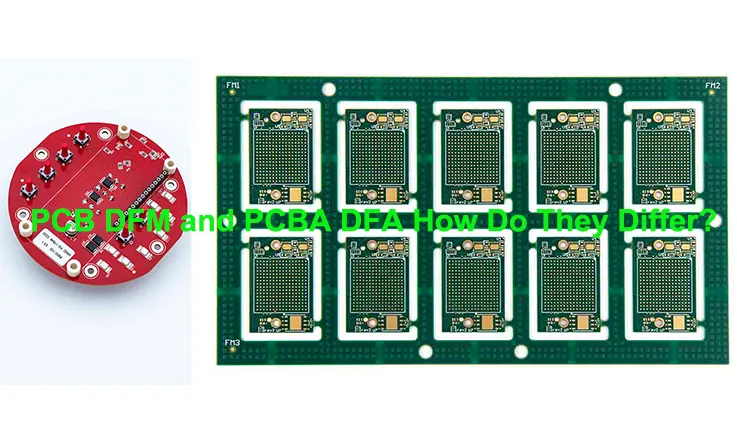
In contemporary times, the lexicon of electronics hobbyists and novices has seen the increasing use of terms such as DFM (Design for Manufacture), DFA (Design for Assembly), and more broadly, DFX (Design for Excellence). To alleviate any confusion, our aim is to establish the term PCBA Design for Assembly (PCBA DFA) as a prominent concept, […]
Read more
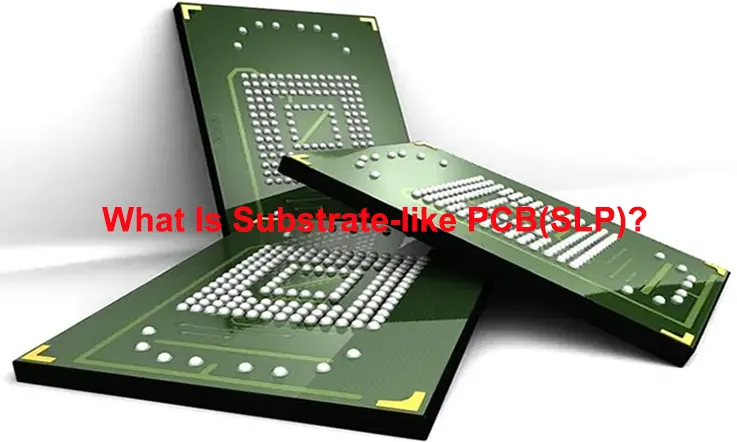
Substrate-like PCBs (SLPs) have emerged as a game-changing technology in the field of PCB design and manufacturing. With their unique characteristics and capabilities, SLPs are transforming the industry by enabling smaller chipsets, accommodating more components in limited space, and offering faster production cycles. What Is SLP? Substrate-like PCB (SLP) is essentially a high-end HDI board. From […]
Read more
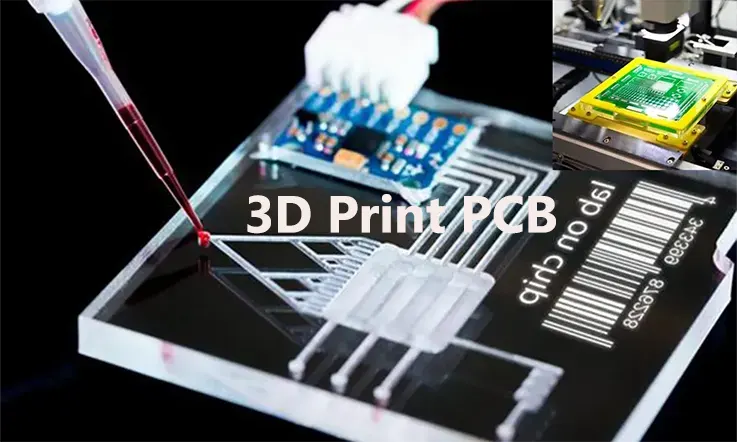
Advancements in technology have led to significant progress in the PCB (Printed Circuit Board) industry, driven by the growing demands within the electronics sector. PCBs play a pivotal role in the efficient functioning of electronic devices, making them an essential component in electronics production. Notably, researchers have embarked on experimental endeavors to explore the potential […]
Read more
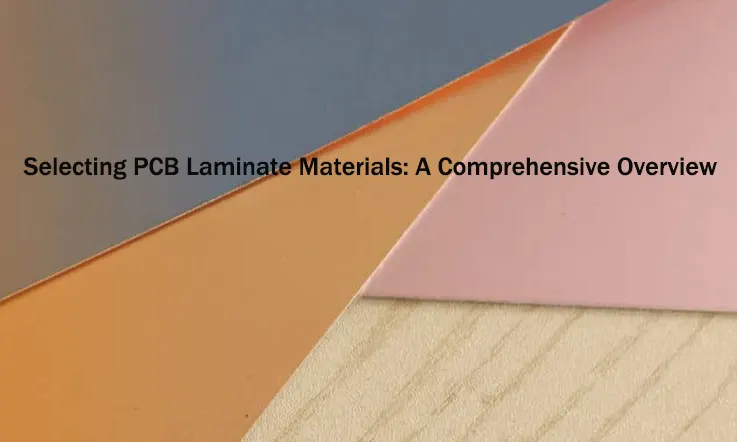
Welcome to our comprehensive guide, where we provide valuable insights into selecting the ideal material for your PCB. As a leading PCB manufacturer, we understand the importance of choosing the right PCB laminate material. In this guide, we will meticulously explore the diverse range of PCB laminate materials currently available in the market. Whether you […]
Read more
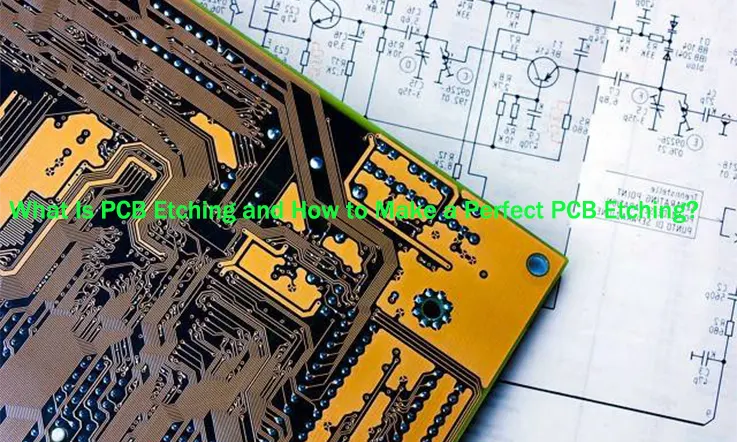
Printed Circuit Boards (PCBs) are the backbone of most electronic devices. They provide a physical base for mounting and interconnecting components, and they play a crucial role in the operation of electronics. The process to manufacture a PCB involves various steps, one of the most vital of which is the etching process. Printed circuit boards […]
Read more
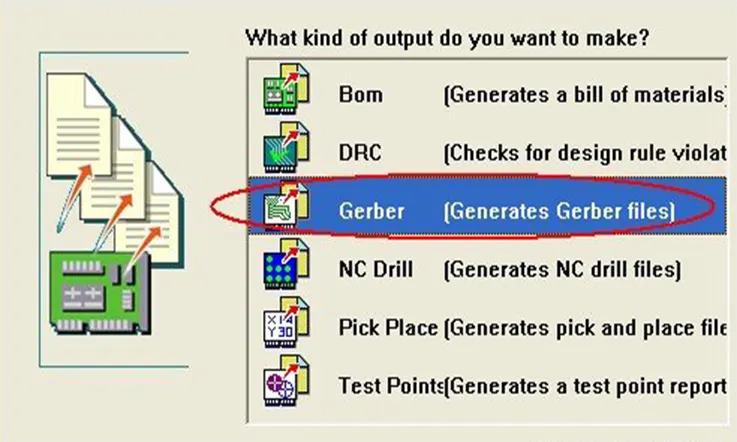
Printed circuit boards (PCBs) have been integral components of electronic systems for close to 100 years, demonstrating their sustained importance. With the ongoing miniaturization of electronics, demand rises annually for compact, high-density PCBs. Cutting-edge manufacturing technologies now enable smaller circuit boards than ever previously possible. While PCB fabrication requires various materials and processes, it fundamentally […]
Read more

Are you interested in the field of electronics? If so, you might be familiar with Altium PCB, a prominent software used for designing printed circuit boards. For those who are unfamiliar, allow me to provide an in-depth analysis of this revolutionary technology. Whether you are a novice or well-versed in this software, you will undoubtedly […]
Read more
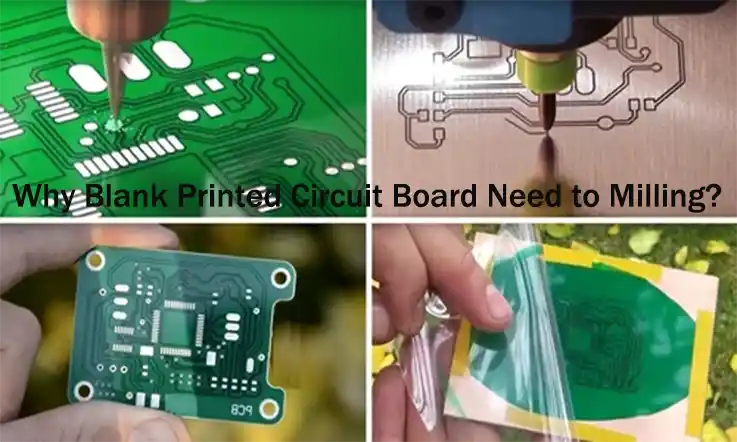
In the manufacturing process of printed circuit boards (PCBs), various techniques are employed to shape and refine the blank PCBs before they are ready for component assembly. One such essential step is milling, which involves the removal of excess material from the blank PCB to achieve the desired shape, dimensions, and features. Milling plays a […]
Read more
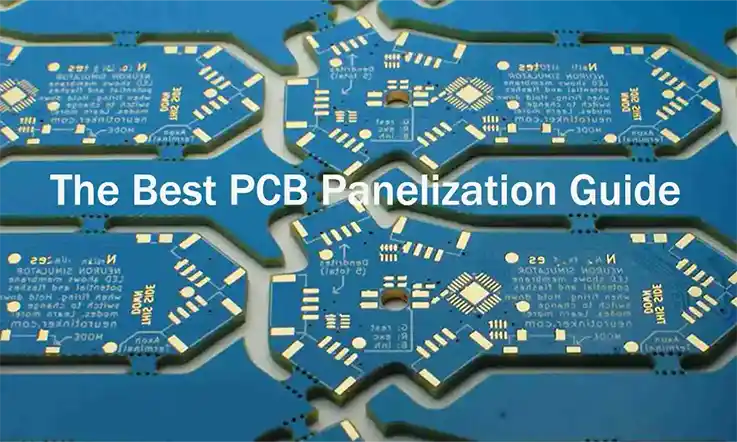
Printed Circuit Board (PCB) panelization is a critical step in the electronics manufacturing process that plays a significant role in optimizing efficiency and cost-effectiveness. As electronic devices become more compact and complex, the demand for smaller and more intricate PCB designs continues to rise. To meet these demands, manufacturers employ panelization techniques to efficiently produce […]
Read more
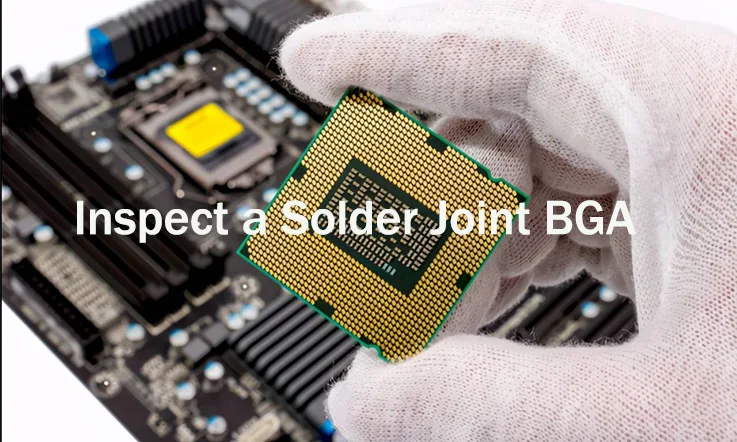
BGA solder joint inspection is a crucial quality control process that involves visual and X-ray examination of solder joints. Its primary purpose is to ensure the high quality and reliability of these joints. The inspection helps identify various defects such as cold solder joints, bridging defects, voiding defects, and solder balling defects. However, due to […]
Read more









